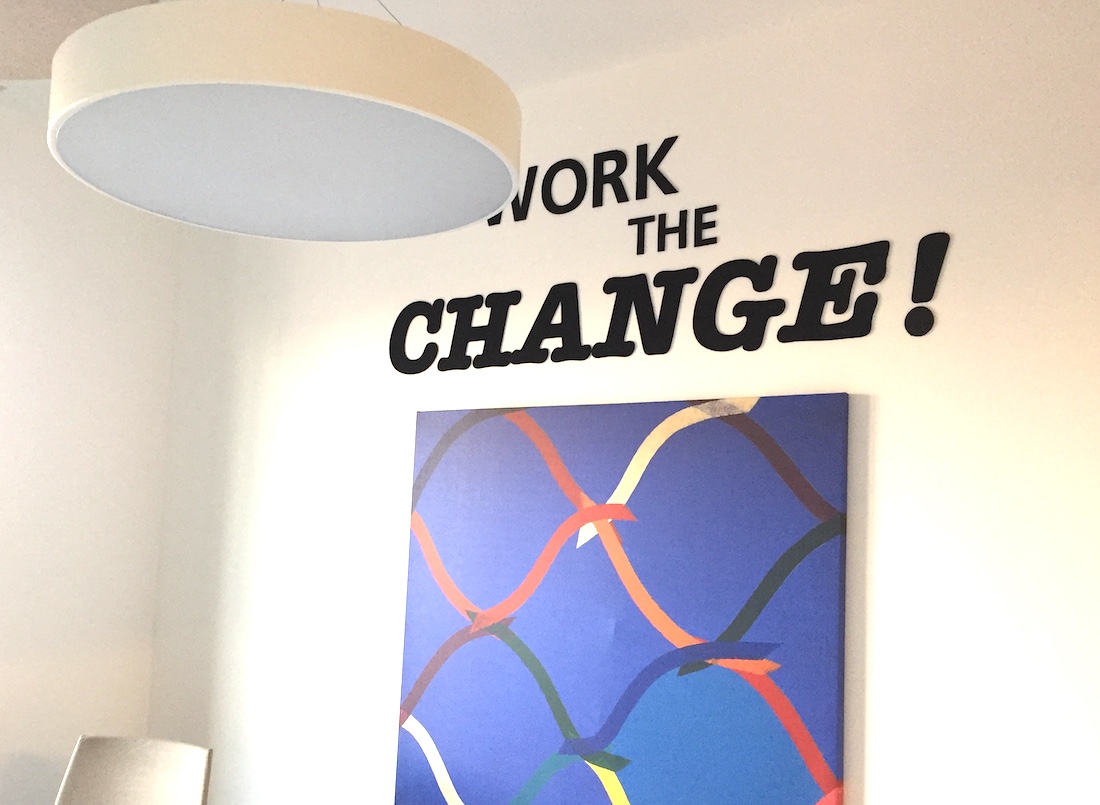
Many articles posted on WOW! are focused on the importance of rethinking the workplace. Here is the abstract of a meeting that brought together some Facility Managers in order to analyzed the main pillars of the Smart Office highlighting the most critical issues and best practices to be adopted.
How do you design an office that meets the needs of the new Ways Of Working and stimulates the change towards Smart Working?
What problems are companies experiencing starting their journey towards smart working?
How important is it that each company perform its own preliminary survey in order to provide a clear briefing to the designers?
Inflexible spaces? The fault is not just the architect!
The most critical issues are the rigidity and the non-reconfigurability of the environments very often due to the lack of a preliminary analysis.
There is no smart working recipe valid for everyone and every company must build its own path. So only by observing work styles, analyzing attendance and sharing goals is it possible to provide designers with a valid briefing.
Even the lack of involvement can aggravate people’s “resistance to change”.
Everyone agrees that “standardization” must be abolished: being able to choose is a prerogative of the smart office!
The most critical issues in the smart office project.
1) Meeting spaces are too large, inconsistent with the daily work styles: it is more frequent to meet in a few people and to serve small acoustically protected areas.
2) Acoustics and privacy: it needs ad hoc designed areas, but also more careful behaviors to reduce noise, especially in open plan offices.
3) Functional technologies: they must be tested above all in paperless optics. The project can not disregard the technologies adopted and therefore must also involve IT managers, only in this way the space can facilitate the use of technology.
Behavioral approach and 10 tips to create a smart office.
1) Foresee a preliminary phase to test the solutions to be adopted on a small sample of people has many advantages: it avoids avoid mistakes that would be expensive to correct.
2) Six months is the ideal period for a pilot project to be followed by a post occupancy evaluation. Surveys are necessary to identify the mood, but sometimes they are not sufficient because they do not always reflect global reality.
3) Together with the test sample survey, we need people’s observation to respond to real needs and not just desires.
4) All people must be involved in the change process: identify some engagers or spokespeople who act as a trait de union between the company and its employees.
5) Draw up a decalogue: if you introduce new typology of space you need to understand how to use them through clear policies. The rules make possible to use in the best possible way spaces and technologies.
6) Do not underestimate the importance of behaviors and help colleagues understand how to behave in a smart working situation.
7) Adopt reservation systems to use the support spaces, but especially be focused on collaboration.
8) Use technologies that allow remote collaboration make often unnecessary the usual meeting.
9) Everyone must know how to use these technologies.
10) Training is a key factor in the smart office, too.
In the upper and below pictures Hive pilot project by Intesa Sanpaolo in Milan, winner of Copernico Smartplaces Award.

















